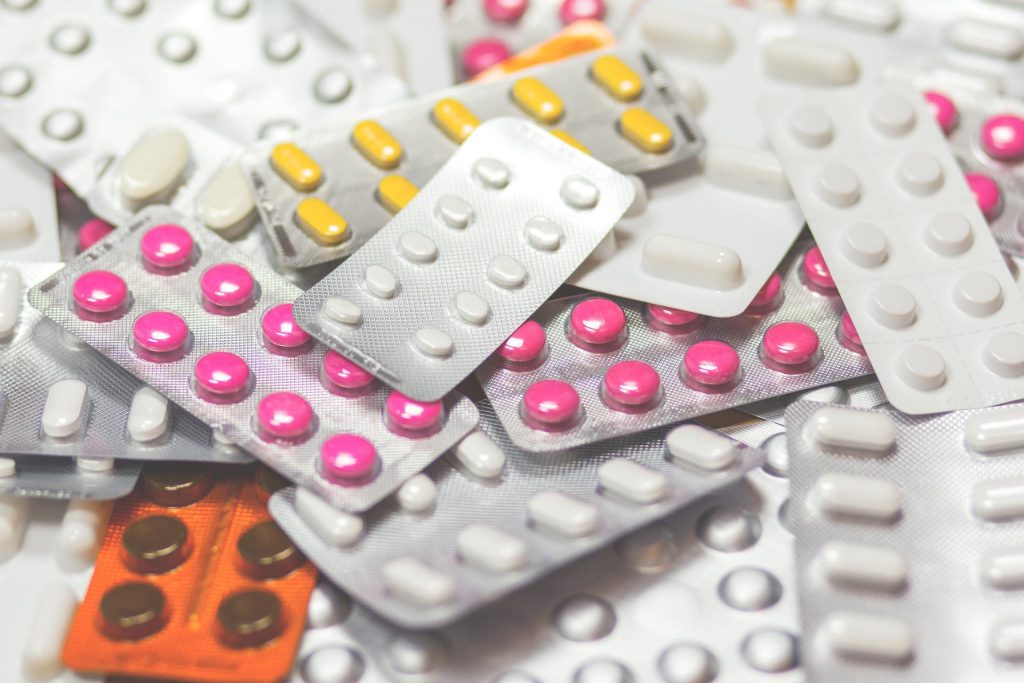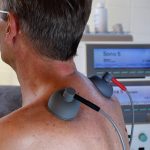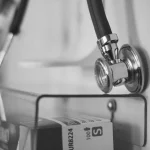As Poslovni Dnevnik/Marija Crnjak writes, the Croatian healthcare system could save an additional one billion kuna per year if the policy of putting generic and biologically similar drugs on the lists of the Croatian Health Insurance Institute (HZZO) was improved and accelerated, according to Croatian pharmaceutical generic companies within the Croatian Employers’ Association (HUP).
Currently, the system saves about 300 million kuna a year with the use of this HZZO medicine, but the potential is significantly higher, said Jerko Jaksic, president of the Association of Drug Manufacturers at HUP, at a briefing for journalists which took place on Thursday.
According to data from back in 2019, 61 percent of the volume of prescription drugs in the Republic of Croatia is made up of generic drugs, which is slightly lower than the EU average of 67 percent. The situation with biosimilars is much worse, they accounted for a modest 13 percent of the market in total consumption of biological drugs.
Although further growth is expected in the coming years, in addition to education, it’s necessary to accelerate their application when they are registered with the European Medicines Agency and the Croatian Medicines Agency.
As the manufacturers have explained, the HZZO procedure for listing a drug, which is purely administration and paperwork, takes an average of four to six months, during which time money is directly lost that could be saved by using generic instead of innovative therapy.
“So-called drug penetration into the system should be significantly quicker, which is even more significant when it comes to biological drugs, as biological drugs are very expensive. We have announcements from the Croatian Health Insurance Fund that this process could be accelerated, and we’re very happy about that. There’s no reason why a drug shouldn’t automatically be on the list immediately after its registration, and it would be very good if the new procedure comes to life by the middle of this year because patents for some drugs expire soon,” Jaksic said.
In particular, these are diabetes related drugs, and the potential for savings is 30 percent for the healthcare system, with the release of patient participation. With proper application, in 2023, 15 percent more patients could be treated for the same cost in this segment alone, HUP pointed out. The data also shows that biosimilars have increased the availability of biologic therapy.
For example, in the immunology segment, 67 percent more patients were treated for only 19 percent more. Back in 2021, 2.5 times more patients were treated with the chemotherapy mitigation drug than in 2019 for approximately the same total cost. In 2020 alone, biosimilars provided savings of 200 million kuna. However, the biggest shortcoming in the drug policy in Croatia is still poor cost control, due to insufficient therapeutic guidelines and measuring the effectiveness of therapies, they added from HUP.
Patient registries exist only for a small number of diagnoses and a large role in this is played by patient associations, which are as such fighting for the better availability of some drugs, but for most patients and diagnoses, not all treatment parameters are systematically monitored.
For more, check out our lifestyle section.












